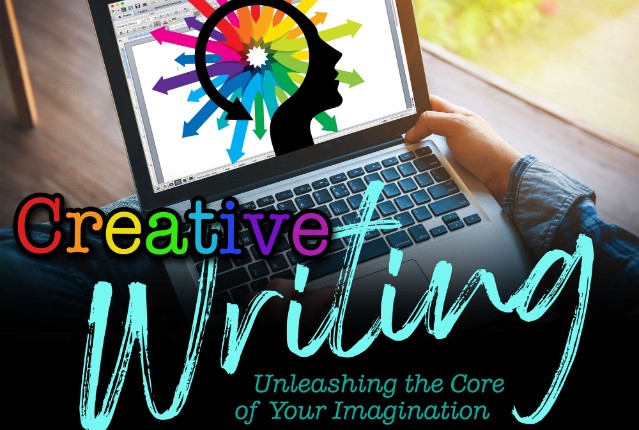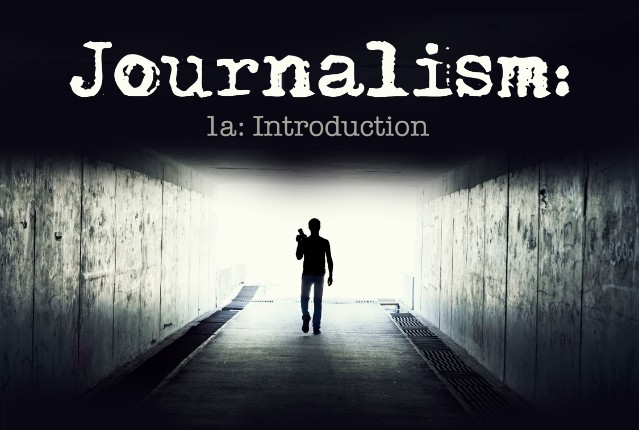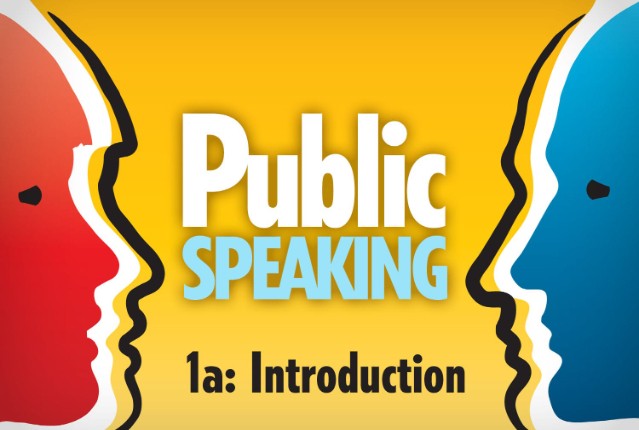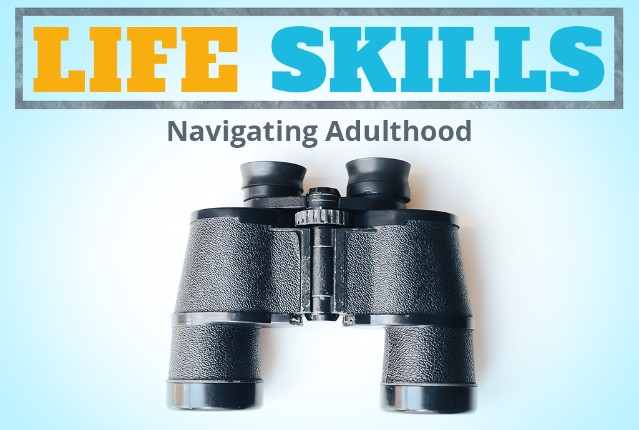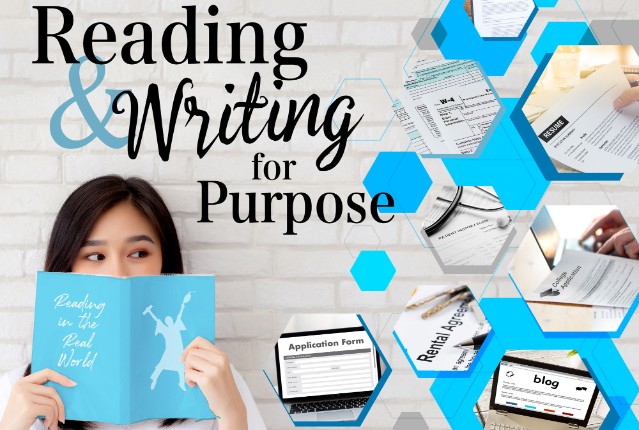
Reading and Writing for Purpose
As you move through high school to college or to your career, the types of writing and documents become more high stakes. Real-world information can be journalistic and researched-based articles, legal, insurance, college entrance forms, employment, vehicle-related documents, and more. Learn how to critically read, write, and evaluate real-world writings to set you up for your future success.
Review course outlineAccess for a year
USD 299.00*
* Choose more courses to get a discount
